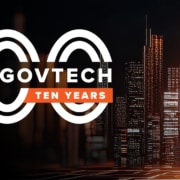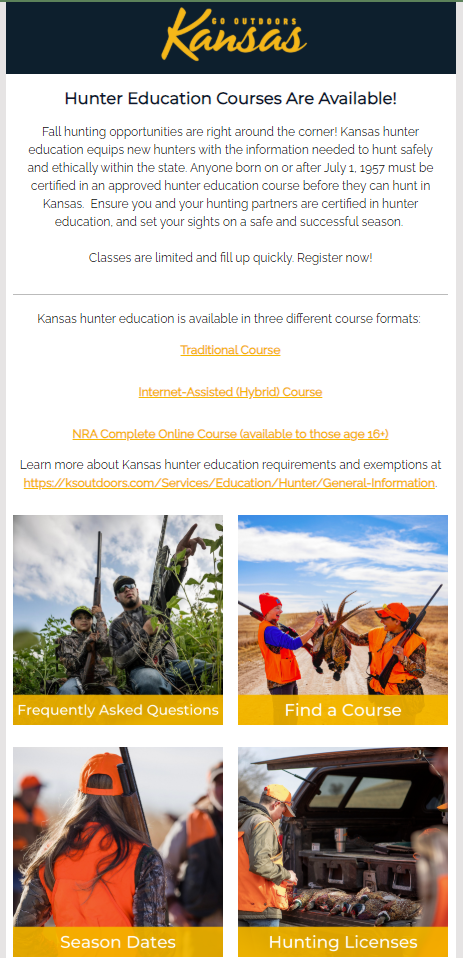Unveiling Hidden Gems: Promoting Programs at Underutilized Parks
Most parks offer programs and events that the public can attend but may not have an organized way to market them. Brandt’s Program Manager functionality within the Itinio platform allows staff to build events visible in an online calendar for guests to explore and register before visiting their favorite park. Events are built in the administrative interface with web form fields to create registration links for the public.
What Drives Programming Within Different Park Systems?
Programming within park systems varies widely from state to state. Some parks are interpretively driven, offering guided tours of historic battlefields, homes, or geographic wonders. Others focus on educational groups requiring structured tours and programs. In some states, programming is a main revenue stream to sustain operations without state funding.
Brandt’s Itinio Program Manager creates a place online for state parks to gain visibility for their event programs, facilitate guest registration, and generate valuable reports. The centralized, user-friendly platform for event management and promotion enables state parks to achieve their unique programming goals.
In addition to the Program Manager functionality for one-off events, the Itinio platform offers tour registration functionality for recurring programs on a schedule. This administrative functionality allows for bulk setup, rather than individual event entries, to simplify ongoing management once a program gains consistent demand.
Success Story: Tennessee State Parks
Tennessee State Parks was already offering numerous events, but the public was mostly unaware of them until they arrived at the park.
By leveraging Program Manager, Tennessee State Parks was able to capitalize on existing offerings to generate revenue, meeting financial goals without requiring new budget allocations.

Tennessee State Park’s Historic Miller Farmstead tours at Roan Mountain State Park began as seasonal weekend-only tours by part-time seasonal interpretive staff. By leveraging Program Manager and marketing the registration, park visitation and event demand grew significantly – so much so that it was able to fund a dedicated position for site tours and upkeep.
Tennessee State Parks utilizes the automated tour registration on a recurring schedule for the Historic Miller Farmstead to keep event system maintenance to a minimum and receive enhanced reporting capabilities.
Brandt’s Program Manager has transformed the way parks promote and manage their events, ensuring that underutilized programs gain the visibility and engagement they deserve. By offering scalable solutions like tour registration functionality, Brandt empowers its parks customers to maximize attendance, streamline operations, and create new revenue opportunities.
Whether it’s an interpretive tour, a wildlife workshop, or a community event, Brandt helps agencies bring their unique programming to life.




























